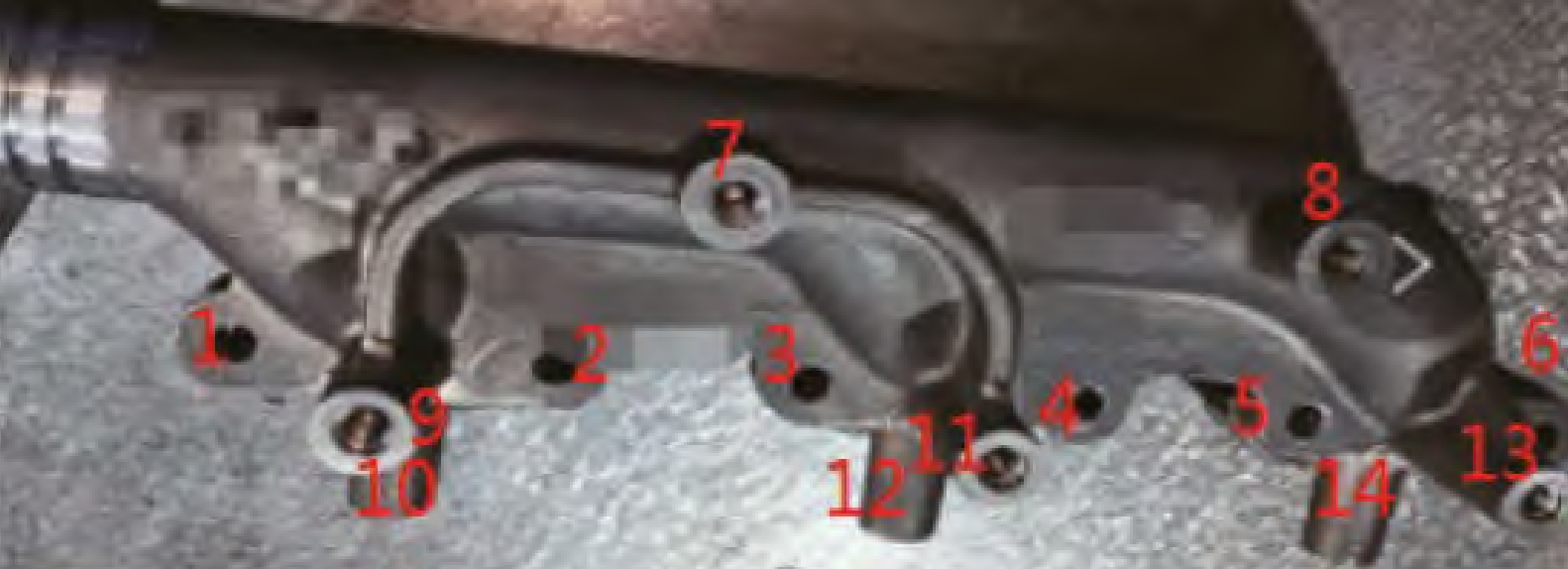1. Introduction
Ductile iron has become a major metal material in industrial production due to its excellent comprehensive properties. With the development of industrialization, the performance requirements for ductile iron are increasing. High-silicon ductile iron has attracted more and more attention because of its unique properties. This article focuses on the influence of silicon content on the microstructure and properties of high-silicon ductile iron produced by lost foam casting.
2. Experimental Materials and Methods
2.1 Experimental Design
A group of QT450-10 ductile iron samples were designed as the control group, and three groups of high-silicon ductile iron samples with silicon content in the range of 3.5% – 4.5% were designed as the experimental group. The carbon equivalent was controlled within a certain range by adjusting the silicon and carbon content.
2.2 Melting and Casting Process
The samples were melted in a 1 t intermediate frequency induction furnace and cast by the lost foam casting process. The pouring temperature, negative pressure, and other parameters were carefully controlled.
2.3 Sample Preparation and Testing
The as-cast samples were machined into metallographic samples, and then the microstructure was observed by optical microscope and scanning electron microscope. The mechanical properties were tested by universal testing machine and hardness tester.
3. Experimental Results and Discussion
3.1 Influence of Silicon Content on Microstructure
3.1.1 Graphite Morphology
The results show that with the increase of silicon content, the size of graphite spheres decreases and the number per unit area increases. This is because silicon can act as a nucleation core for graphite, and the increase of silicon content leads to an increase in the range of eutectic temperature, which is beneficial to the formation of graphite.
| Sample No. (Si) (%) | Graphite Sphere Quantity / | Graphite Sphere Diameter / μm |
|---|---|---|
| A (2.92) | 151 | 35.6 |
| B (3.68) | 165 | 30.8 |
| C (4.22) | 208 | 27.7 |
| D (4.59) | 223 | 26 |
3.1.2 Matrix Structure
The matrix structure of all samples is ferrite. With the increase of silicon content, the eutectoid transformation temperature increases, and the range of stable and metastable eutectoid temperature also increases, which provides favorable conditions for the formation of ferrite. At the same time, the increase of silicon content increases the undercooling degree at the solidification front of the molten iron, increases the primary nucleation rate of ferrite, and refines the ferrite grains.
| Sample No. (Si) (%) | Ferrite Content (%) | Ferrite Grain Size / μm |
|---|---|---|
| A (2.92) | 88.8 | 43.7662 |
| B (3.68) | 89.9 | 42.0642 |
| C (4.22) | 90 | 38.6304 |
| D (4.59) | 91.7 | 35.3811 |
3.2 Influence of Silicon Content on Mechanical Properties
3.2.1 Tensile Strength and Hardness
The tensile strength and hardness of high-silicon ductile iron increase with the increase of silicon content. This is due to the combined action of fine grain strengthening and solid solution strengthening. The increase of silicon content leads to the refinement of graphite and ferrite grains, and the solid solution of silicon in ferrite causes lattice distortion, which increases the strength and hardness of the material.
| Sample No. (Si) (%) | Tensile Strength / MPa | Brinell Hardness / HBW |
|---|---|---|
| A (2.92) | 441 | 128 |
| B (3.68) | 527 | 149 |
| C (4.22) | 601 | 174.6 |
| D (4.59) | 683 | 186.1 |
3.2.2 Elongation
Although the elongation of high-silicon ductile iron decreases slightly with the increase of silicon content, it still maintains a relatively high level. This is because the fine and uniform graphite and the full ferrite matrix can reduce the harmful effect of silicon on the plasticity of the material.
| Sample No. (Si) (%) | Elongation (%) |
|---|---|
| A (2.92) | 17 |
| B (3.68) | 18 |
| C (4.22) | 17 |
| D (4.59) | 17.5 |
3.2.3 Fracture Morphology
The fracture morphology of high-silicon ductile iron changes from ductile fracture to brittle fracture with the increase of silicon content. However, due to the fine and uniform microstructure, the material still shows good macroscopic plasticity.
4. Influence Mechanism of Silicon Element on Microstructure and Properties of High-Silicon Ductile Iron
4.1 Solid Solution Strengthening
Silicon can dissolve in ferrite to form a substitutional solid solution. With the increase of silicon content, the solid solution strengthening effect becomes more significant, which leads to an increase in the hardness and strength of ferrite.
4.2 Lattice Distortion
The solid solution of silicon in ferrite causes lattice distortion, which increases the resistance to dislocation movement and further improves the strength and hardness of the material.
4.3 Segregation
Silicon has a certain degree of segregation in the ferrite matrix. With the increase of silicon content, the segregation degree at the grain boundaries increases, which also affects the mechanical properties of the material.
5. Conclusions
In this study, the influence of silicon content on the microstructure and properties of high-silicon ductile iron produced by lost foam casting was investigated. The results show that:
- The matrix structure of high-silicon ductile iron with silicon content in the range of 2.9% – 4.6% is full ferrite.
- The increase of silicon content leads to the refinement of graphite and ferrite grains, and the improvement of mechanical properties.
- The solid solution strengthening and lattice distortion caused by silicon are the main reasons for the improvement of mechanical properties.
This study provides a theoretical basis for the application of high-silicon ductile iron in lost foam casting.

